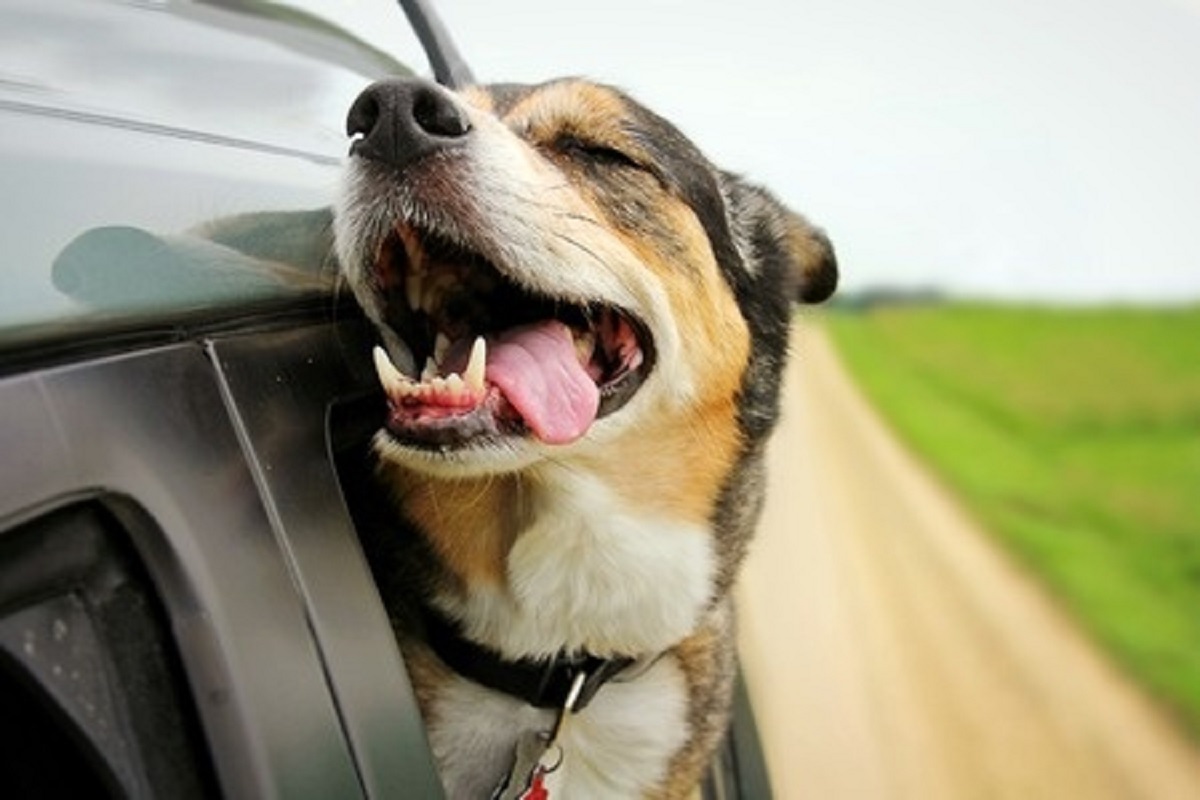Transporting Your Pets Safely
While many drivers enjoy having their four-legged family members accompany them in the car, they can sometimes present a distraction not unlike using a cellphone, eating, or putting on makeup while driving. A survey conducted by AAA found some startling statistics when it comes to drivers who have their pets accompany them for trips in the car. Some of the distracted driving behaviors that participants admitted to included:
- Holding or petting their animal while driving
- Reaching into the back seat to attend to their pet while driving
- Taking pictures of their pet while driving
Some additional and somewhat alarming information AAA shared is that an unrestrained dog weighing ten pounds can create about 500 pounds of force during a crash at 50 mph and a dog weighing 80 pounds can create about 2,400 pounds of force during a crash at 30 mph. With that being said, driving with a pet can be dangerous for both the pet and the driver. Luckily, there are some precautions that can be taken to help make traveling with your favorite companion much safer.
Keep Pets Restrained
While using the term “restrained” sounds like punishment, using pet restraints when pets are in the car can help keep them and their driver safe. These restraints can help keep pets from becoming a distraction as well as preventing them from being projectiles should there be an accident. Two common options for pet restraints include pet carriers and pet seatbelts – carriers should be sturdy with plenty of ventilation and space, and pet seatbelts should be used in tandem with the vehicle’s existing seatbelts.
Keep All Pet Parts Inside the Car
While the image of a dog with its head happily hanging out of a car window is endearing, allowing pets to do so can be dangerous. Debris, rocks, and other flying objects can injure the pet’s ears and eyes, and should the vehicle suddenly stop or crash, the animal could be at higher risk for being injured. Additionally, should the pet see something intriguing outside the car, it could jump out the window!
Do Not Leave Pets Inside the Vehicle
Pets should never be left inside of a vehicle any time of the year but especially during the hot summer months. The interior of a car can get hot quickly in the sun, reaching temperatures of 150 degrees in just an hour’s time. Cats and dogs do not have the ability to produce sweat in order to cool off like humans do, which makes them prone to being majorly affected by the heat.
Think you or someone you know is in need of Behind the Wheel Training? Training Wheels is a Margate driving school specializing in teaching new teen drivers how to stay safe on the road. For more information on our lessons, please click here.
Copyright: christingasner / 123RF Stock Photo

